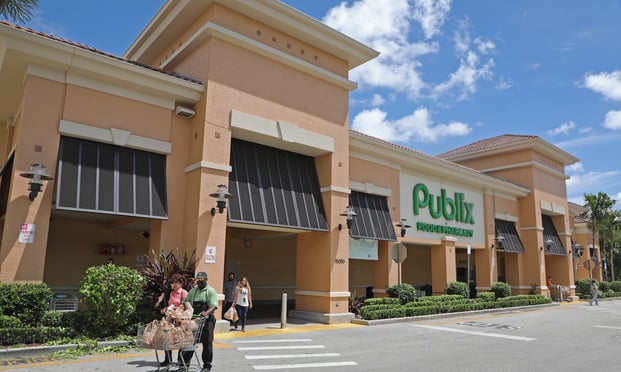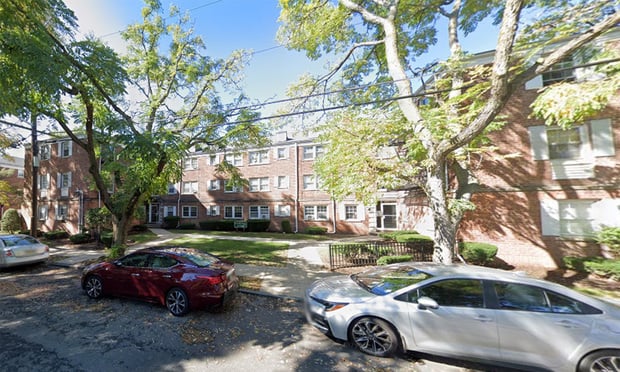"Buyers have no pressure to invest any time soon," said Robert White, founder and president of Real Capital Analytics. In Wednesday's GlobeSt.com webinar "Opportunities in Distressed Assets", White and his fellow panelists explored the reasons that buyers are holding back even as the opportunities continue to proliferate. The hour-long discussion was moderated by Danielle Douglas, managing editor of Real Estate Forum.
One factor keeping deal velocity low is that the true volume of distressed assets and loans is "just starting to come to light," White said. His firm has tracked about $61 billion of distressed assets thus far in the current cycle, but panelists agreed that there will be much more to come. "We're seeing distress accumulating very rapidly," said White, adding that it's "across all property types."
Bernard Haddigan, SVP and managing director at Marcus & Millichap Real Estate Investment Services, cited the $800 billion worth of CMBS product across the US. He noted that 70% of it is collateralized by retail, office and hospitality--the three commercial property sectors most likely to see increased levels of distress and therefore generate the most opportunity.
The knowledge that there will be more distress, and that discounts are far from reaching their depth, also keeps many buyers on the sidelines. White commented that buyers would "rather be late than too early" to this game. As for discounts, Haddigan said he's heard anecdotal reports of buyers offering 10 cents or 20 cents on the dollar, but "there's no one number."
A dearth of credit is another factor. "I don't think people have reset their expectations" from the last wave of distressed properties in the early 1990s, when financing was much easier to obtain, observed Maura O'Connor, a Los Angeles-based partner in Seyfarth Shaw's real estate practice group.
Treasury secretary Timothy Geithner's Legacy Loans Program will represent "the biggest wrinkle" and "a major funnel of opportunities" in the distressed assets market, predicted Mark Grinis, partner in the assurance and advisory services group at Ernst & Young LLP. However, that funneling may not happen for some time: William Campbell, a partner with Stroock & Stroock & Lavan LLP, said many details still need to be worked out. Moreover, banks are not obligated to participate in the program, although Campbell called it "a good first step."
If the $1-trillion Treasury program does not incentivize the banks, it does look like "a real good deal for the investors" at first blush, said O'Connor. However, Haddigan said that while he's optimistic that the program will benefit for commercial real estate, the market has "so little direction" at the moment that the plan isn't likely to trigger activity by itself.
When that momentum does start gathering, buyers will need to make sure that the i's are dotted and the t's are crossed in the assets they plan to purchase. "You need to be an informed investor," Haddigan advised.
Listen to a replay of the March 25 event, available through June 24, here.
Want to continue reading?
Become a Free ALM Digital Reader.
Once you are an ALM Digital Member, you’ll receive:
- Breaking commercial real estate news and analysis, on-site and via our newsletters and custom alerts
- Educational webcasts, white papers, and ebooks from industry thought leaders
- Critical coverage of the property casualty insurance and financial advisory markets on our other ALM sites, PropertyCasualty360 and ThinkAdvisor
Already have an account? Sign In Now
*May exclude premium content© 2024 ALM Global, LLC, All Rights Reserved. Request academic re-use from www.copyright.com. All other uses, submit a request to [email protected]. For more information visit Asset & Logo Licensing.








